Question: Where do Arctic sea ice researchers go when getting to the Arctic isn’t possible or practical? Answer: Michigan Technological University’s Great Lakes Research Center (GLRC).
Researchers Ben Evans and Dave Whelihan from the Massachusetts Institute of Technology Lincoln Laboratory (MIT LL) came to Michigan Tech in March to deploy an array of sensors and other measuring equipment used to collect acoustic, seismic and weather data related to ice fracturing events. The GLRC team helped the two MIT LL researchers scout locations for their fieldwork, eventually settling on a patch of Huron Bay ice near Skanee.
“We were thinking about going up to the Arctic again,” said Whelihan. “But then we found Michigan Tech and the GLRC. The first thing we thought was it’s really easy to get there. Second, you have an awesome facility, and you have the people who know this ice really, really well.”
A year earlier, Evans and Whelihan participated in ICEX 2022, a three-week research and testing exercise hosted by the U.S. Navy on a 3.5-mile-long floating ice sheet off the coast of Alaska in the Arctic Ocean. Every other year, the Navy’s Arctic Submarine Laboratory (ASL) turns an ice floe into a temporary operations center, complete with an aircraft runway, accommodations for up to 60 people and limited internet service. Days before Evans and Whelihan were scheduled to arrive, however, a massive crack formed in the ice near camp. The entire operation was forced to move to an alternate location on the ice, and the two researchers nearly had to cancel their trip. Eventually, after an extended delay, they arrived, and the challenges they endured during their 3.5 days on the ice were eye-opening, to say the least.
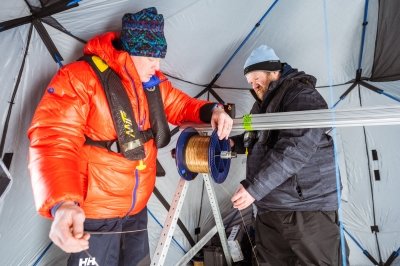
“Measurements in the Arctic are sparse because it’s so hard to access and the environment is incredibly harsh on equipment,” said Evans. “Things break. Ice crushes them. Pressure ridges crush them. Polar bears eat them. Buoys freeze up and lose communication. There are just all these incredible forces of nature working against you in the Arctic.”
Despite the obstacles, the two researchers managed to deploy many of their advanced measuring devices, including hydrophones, accelerometers and sensors that measure conductivity, temperature and depth (CTDs). MIT LL specializes in prototyping new hardware, especially sensors. Their goal for this project is to create a low-cost system of oceanographic sensors that can be deployed more widely in harsh conditions like the Arctic. As soon as they returned from Alaska, Evans and Whelihan analyzed their data and began refining the design of their sensors and deployment strategies. They also started looking for test sites for 2023, ICEX’s off-year, where they could build on the knowledge they learned in 2022. That’s how they found Michigan Tech.
“We came here to test our systems, and so much of doing that depends on access,” said Whelihan. “Is it easy to get on the water? Is it easy to mitigate risk? And here, it is.”
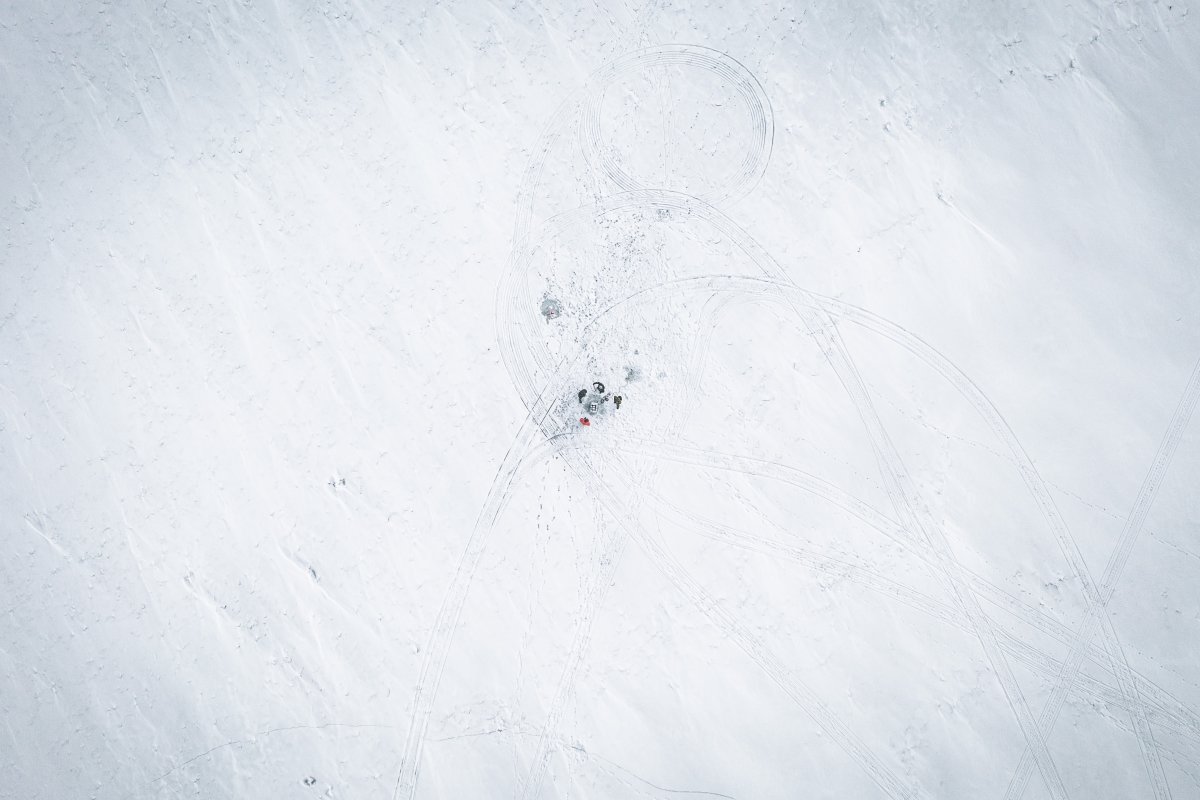
“Our environment offers a very good parallel to the Arctic in a location that’s easy to reach,” said GLRC Research Engineer Travis White. “We generally get very consistent winter conditions and ice on Lake Superior that sets up from January through March. In 2022, Lake Superior peaked at 64.2% ice coverage, making it possible for us to get many miles out into very dynamic icescapes. 2023 was a near-record low ice year on Superior and still offered some excellent ice opportunities for the MIT LL team to complete their experiments.”
White and fellow GLRC Research Engineer Erik Kocher tested ice around the region and determined Huron Bay’s to be thick enough for safety, but near enough to open water for ice fracturing events to occur. White and Kocher helped set up an operations base and outfit it with the generators, pulley systems and other equipment Evans and Whelihan needed to collect a wide variety of data in both the water column beneath the ice and the atmosphere above it. These data came both from the CTD, from a thermistor spool developed at the MIT LL made of polymer fiber with embedded temperature and depth sensors, and from a triangulated array of research nodes northeast of the base featuring hydrophones, seismometers, accelerometers and one weather station.
Essentially, with the GLRC’s help, Evans and Whelihan went ice fishing — only for data, not for trout.
"What we want to understand is, as climate change accelerates, as there's more energy in the water, how does that water mixing affect the ice pack?"
“In the Arctic, you have warm Pacific water in the Bering Sea, called summer water, coming in, which tends to melt the sea ice and make cracks,” said Whelihan. “What we want to do is to go down and see that with an array of different sensors. We’d also like to have a vertical view of atmospheric effects to see how the things above surface and below surface interact to affect ice fracturing.”
“When the ice fractures, it also makes noise in the water column that you can hear,” added Evans. “There’s structure to the water column here in Lake Superior in terms of temperature, and in the ocean in terms of temperature and salinity. Those temperature and salinity variations create different layers, and when you put acoustic energy into the water column via something like a fish finder or acoustic sonar, that energy will bounce off those different layers. You can measure the return from those different layers and learn something about the water column structure.”
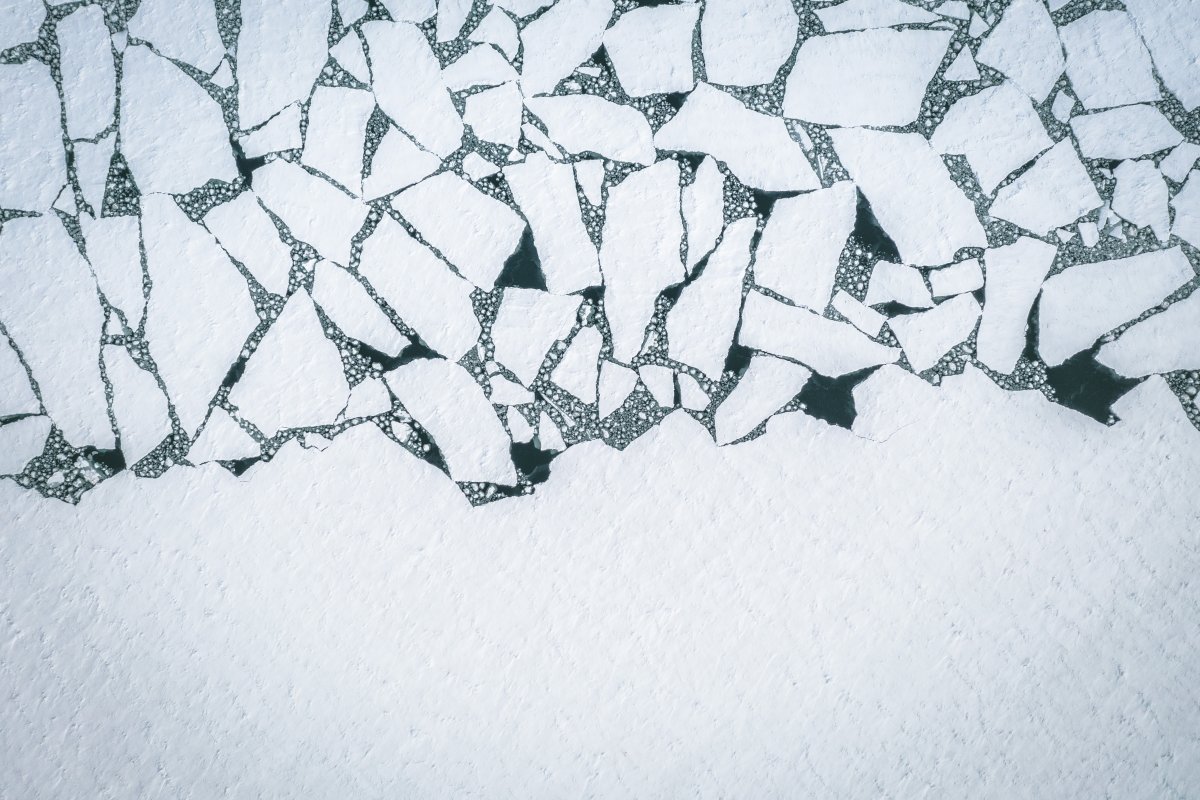
"If you've been out to a lake or reservoir when it's starting to break up, you've heard that ping-ping-ping. You can measure all that. And it gives you important information about what's going on with that ice."
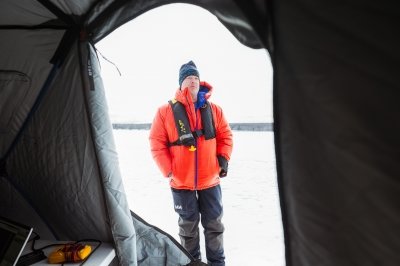
Whelihan praised the variety of research options that Lake Superior offers, from relatively shallow areas like Huron Bay to depths of more than a thousand feet not far offshore. “You also don’t have the big waves and currents here like we get in the ocean,” he said. “You don’t have the salt, which can impact equipment. Sometimes in the research process, it’s ideal to eliminate variables like that if possible.”
If the prime location and reduction of variables and risk are what attracted Whelihan and Evans to Michigan Tech this winter, the premier facilities and experienced team at the GLRC are what will bring them back.
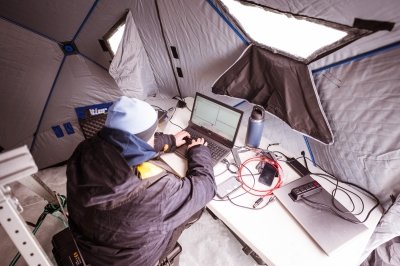
“We love the GLRC’s high bay,” said Whelihan. “When we first got to town, we were in the high bay and discovered that part of the equipment that interfaces with our weather station wasn’t working properly. So [GLRC Research Engineer] Chris Pinnow goes off searching, and soon enough he comes back with exactly what we needed. That was a huge help. One of our research nodes would not be working right now without it.”
“As we see major climate shifts around the world, the importance of research like this is only going to grow,” said White. “That’s why we often say Michigan Tech is the Arctic you can drive to. Our location in the Keweenaw is one of the few accessible places left where we can expect to have good old-fashioned winters for the foreseeable future.”
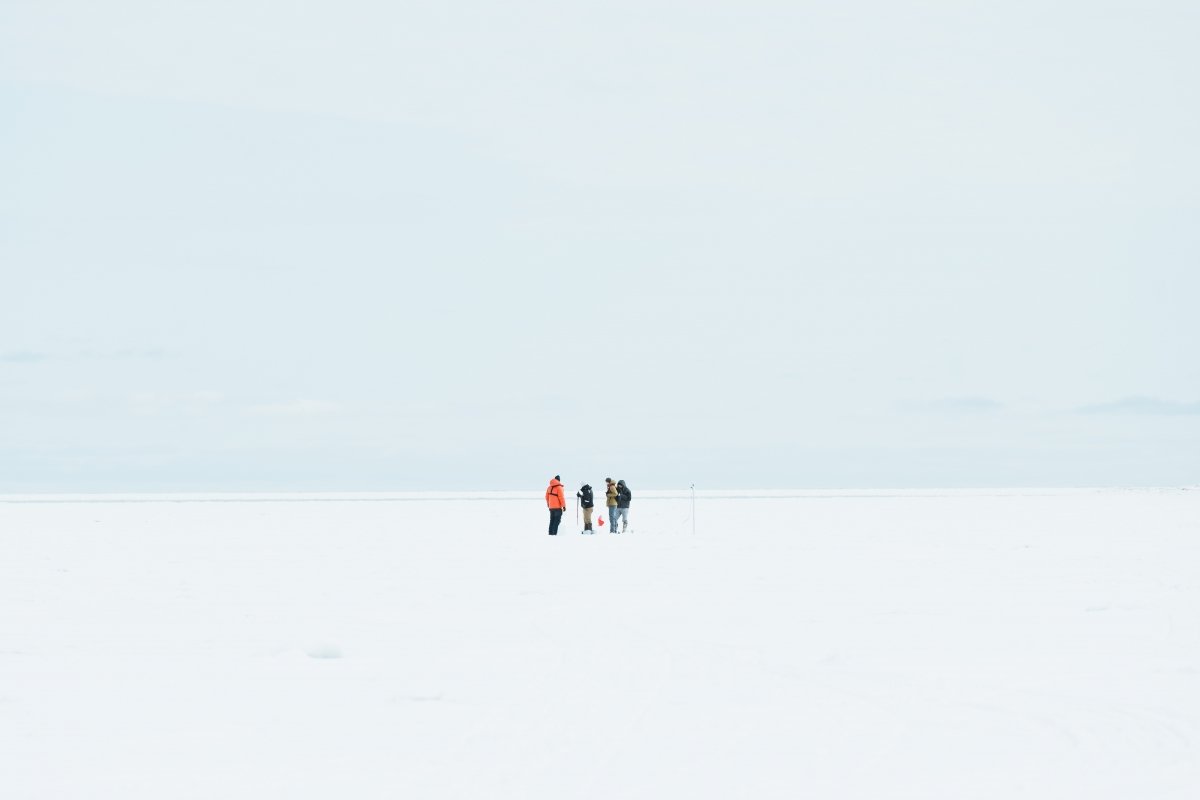
Michigan Technological University is an R1 public research university founded in 1885 in Houghton, and is home to nearly 7,500 students from more than 60 countries around the world. Consistently ranked among the best universities in the country for return on investment, Michigan's flagship technological university offers more than 185 undergraduate and graduate degree programs in science and technology, engineering, computing, forestry, business, health professions, humanities, mathematics, social sciences, and the arts. The rural campus is situated just miles from Lake Superior in Michigan's Upper Peninsula, offering year-round opportunities for outdoor adventure.
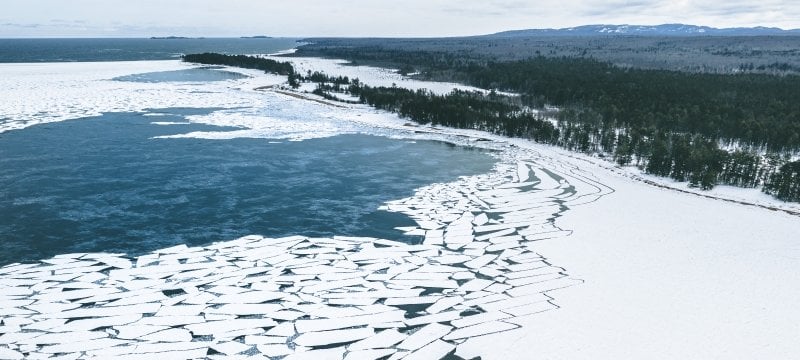
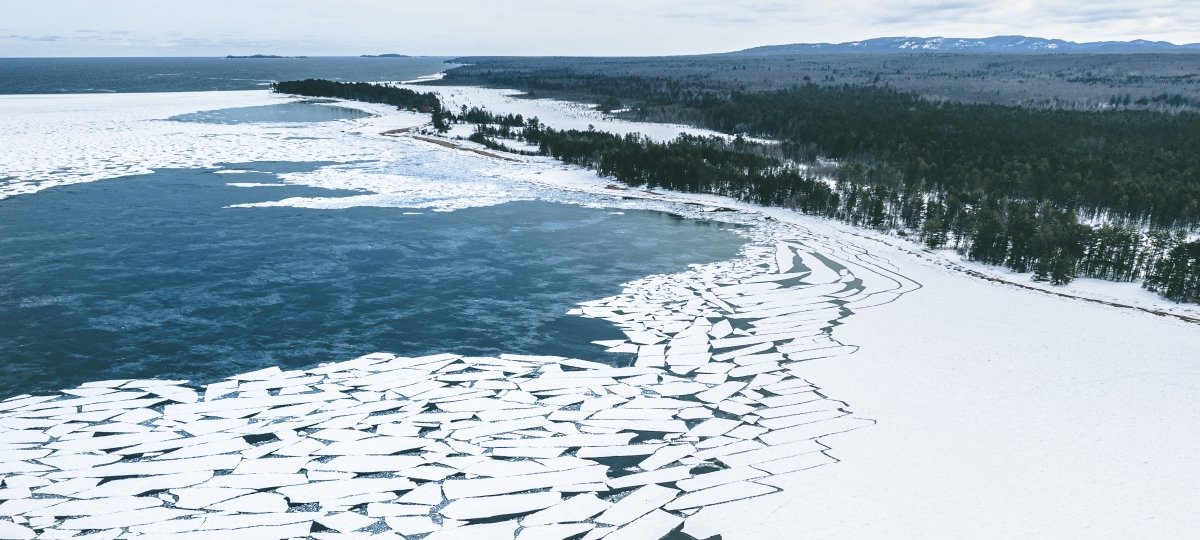
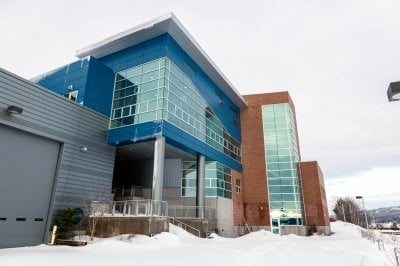
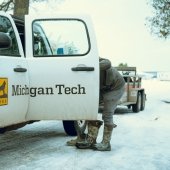
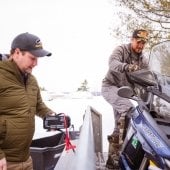
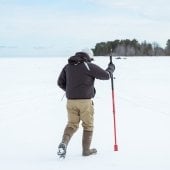
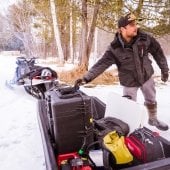
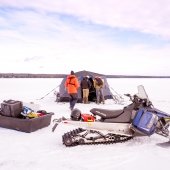
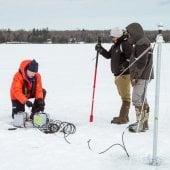
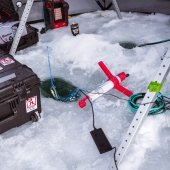
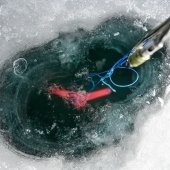
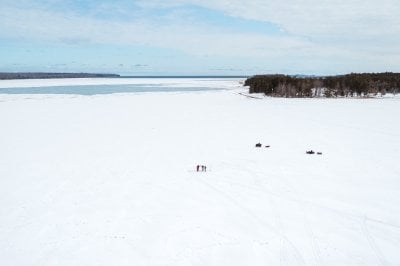
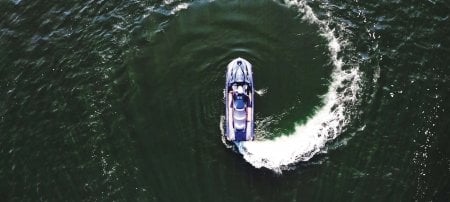
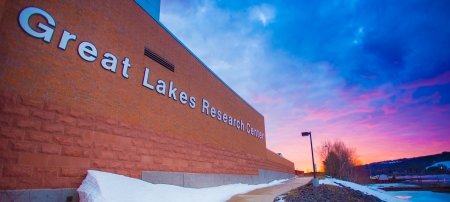


Comments